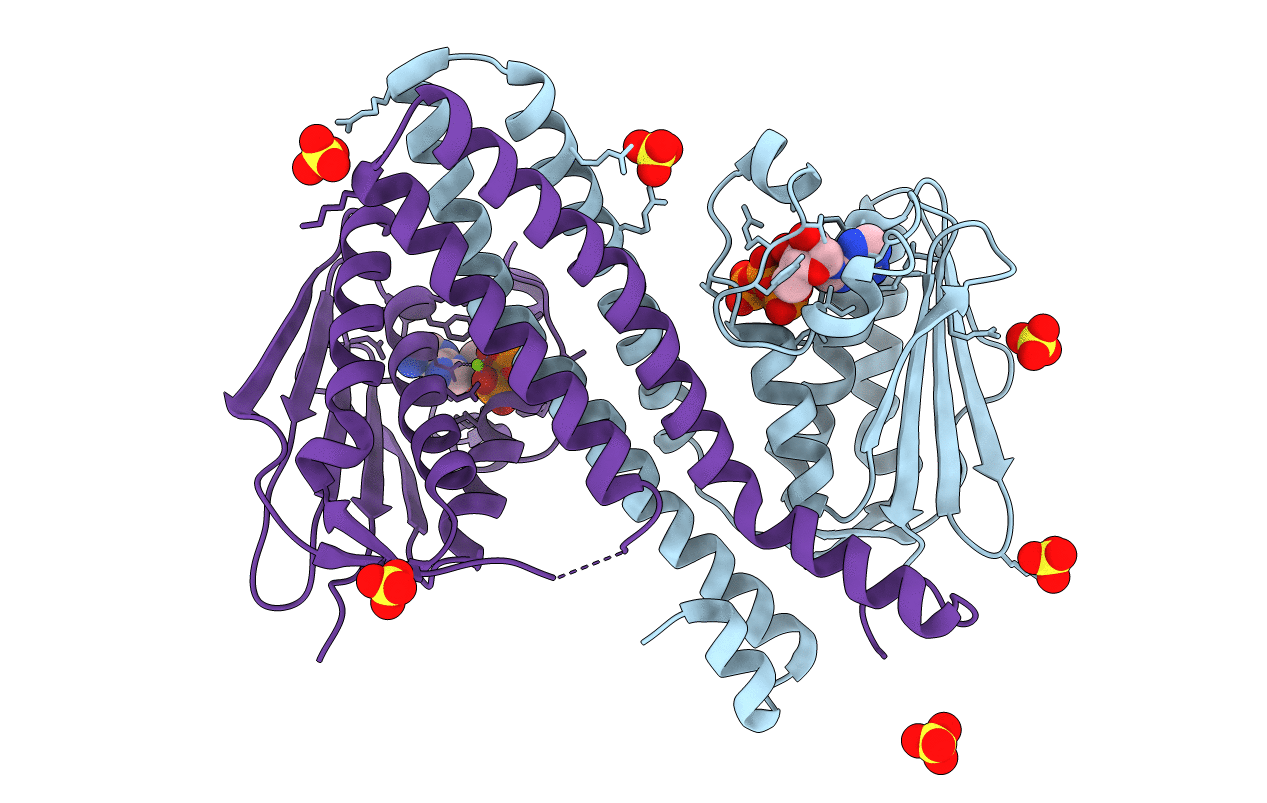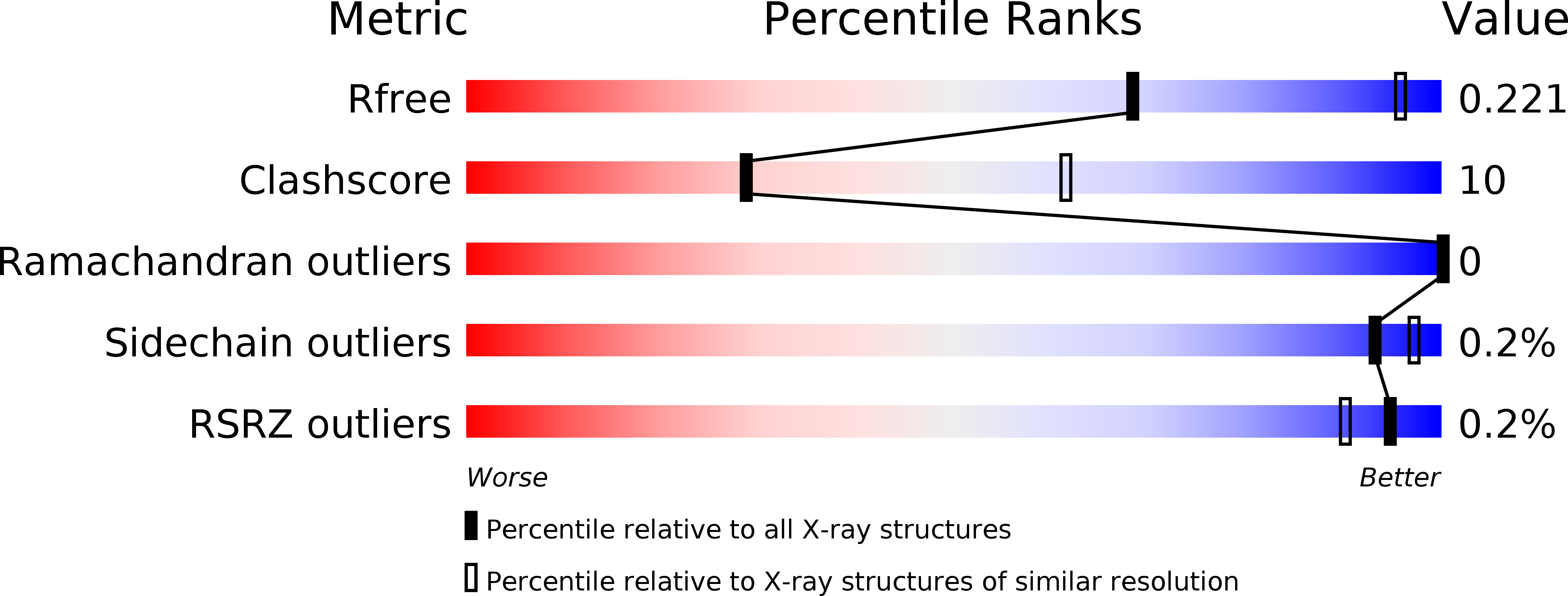
Deposition Date
2016-07-01
Release Date
2017-06-07
Last Version Date
2024-01-10
Method Details:
Experimental Method:
Resolution:
3.09 Å
R-Value Free:
0.22
R-Value Work:
0.19
R-Value Observed:
0.19
Space Group:
P 61 2 2


